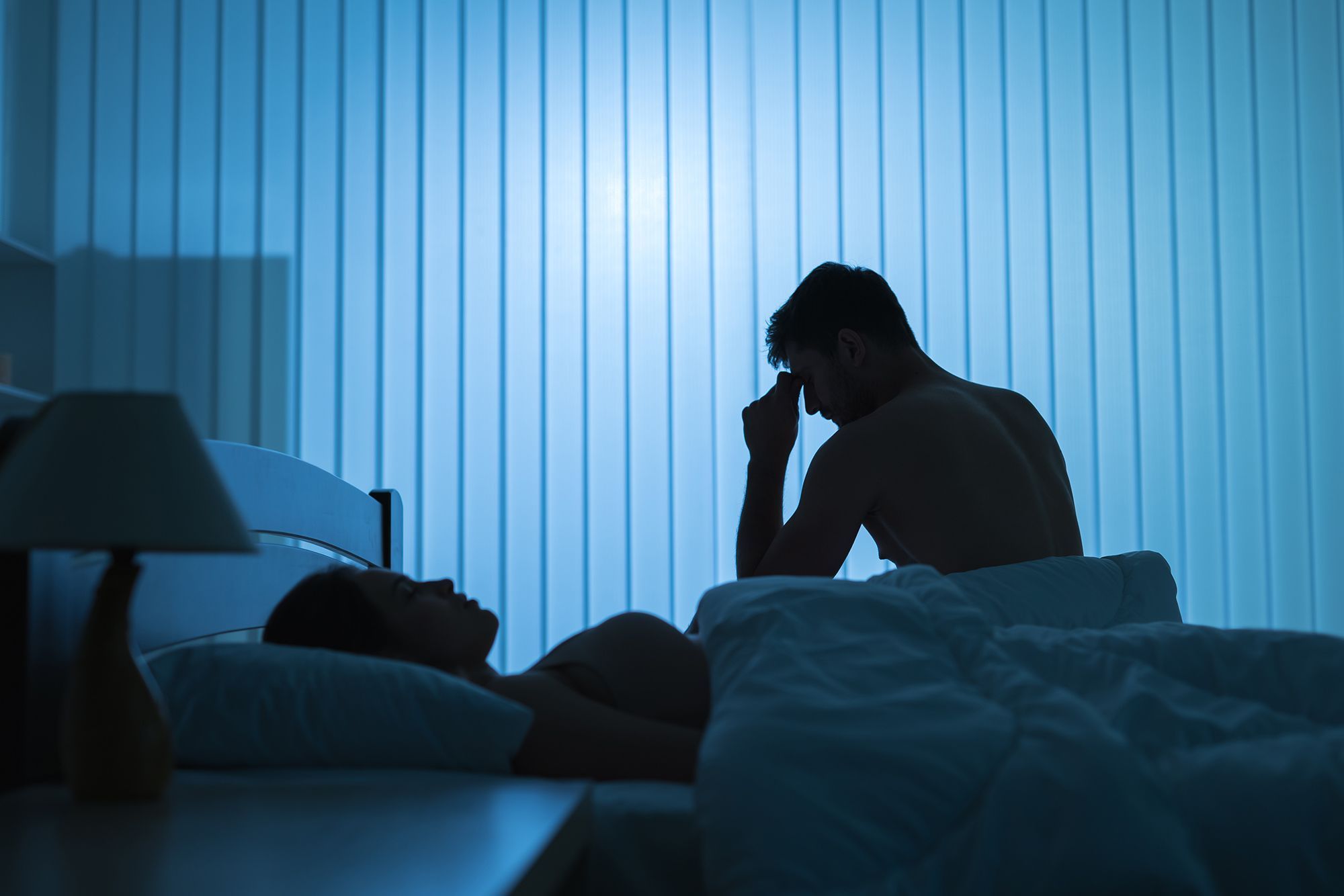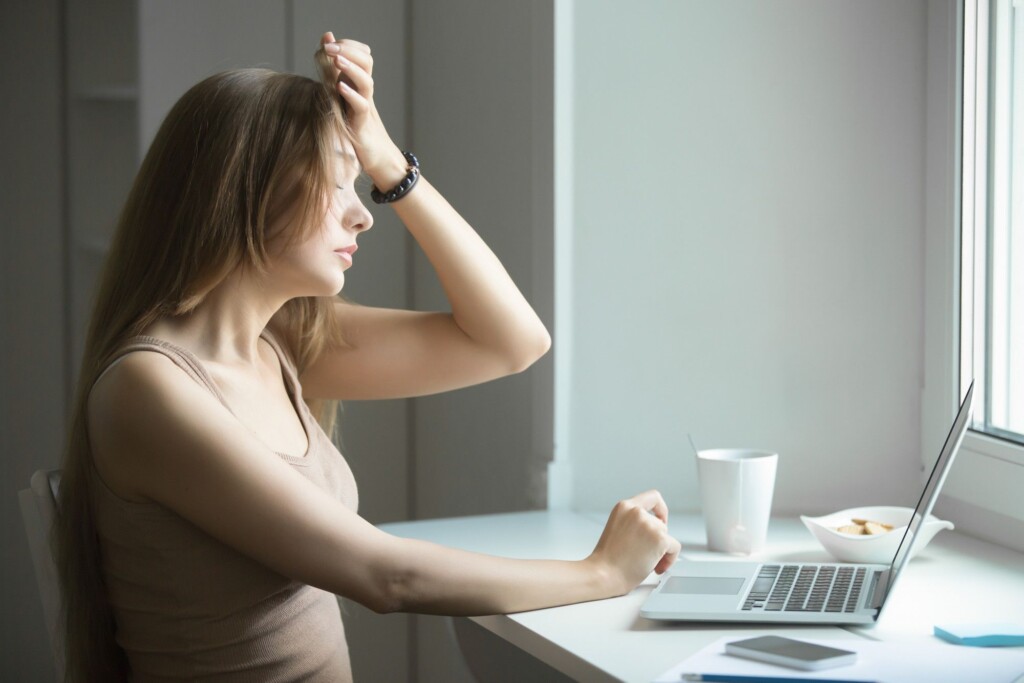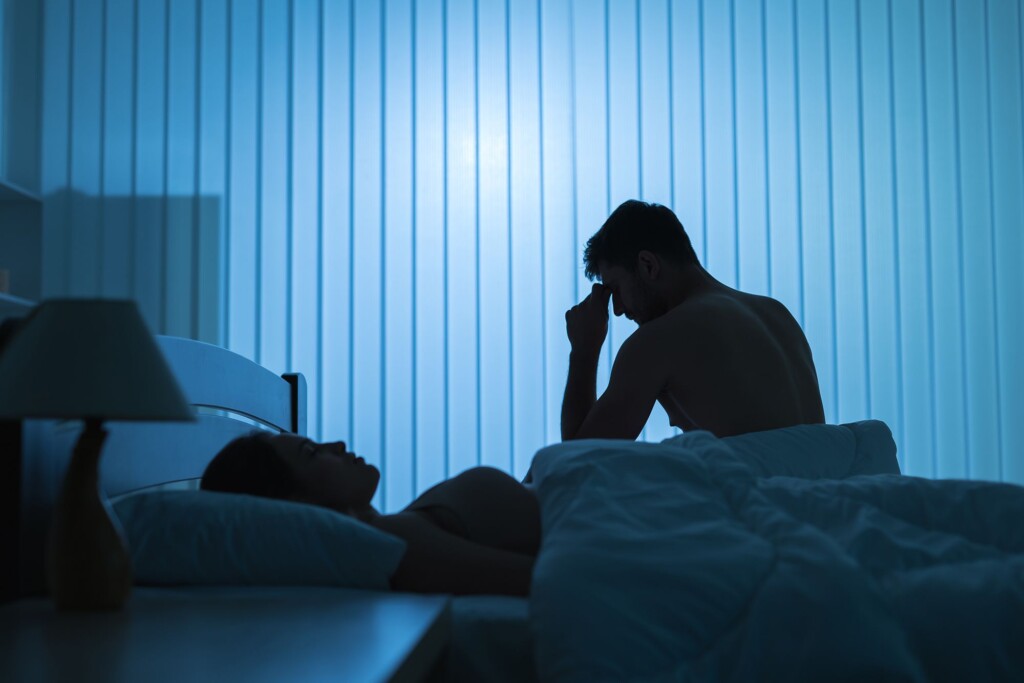Anxiety, Sleep and Covid
Anxiety disorders are a group of diseases characterized by the presence of worry, excessive fear, tension or the appearance of a perceptible malaise that disturbs the normal activity of an individual, derived from the anticipation of an objective or unknown threat.
Anxiety when disproportionate in relation to the stimulus that provokes it is considered pathological.
Pathological manifestations of anxiety are classified as follows: panic, phobia, obsessive-compulsive disorder, posttraumatic stress, acute stress, generalized or substance-induced anxiety.
Anxiety can suddenly arise, such as panic, or gradually over minutes, hours or days and its duration qualifies as variable, going from a few seconds to several years.
Symptoms of anxiety
- Physical symptoms: sweating, dry mouth, instability, tremor, muscle tension, headache, paraesthesias, palpitations, tachycardia, dyspnea, nausea, vomiting, dyspepsia, gastrointestinal changes such as diarrhea and constipation, aesthephagia, frequent urination, problems in the sexual sphere and psychomotor block.
- Psychological symptoms: apprehension, anguish, feeling of agony, difficulty concentrating, complaints of memory loss irritability, restlessness, restlessness, behaviors with a tendency to isolation, obsessions or compulsions, insomnia.
Insomnia
Anxiety can be a cause of insomnia and is associated with difficulty falling asleep (nocturnal anxiety).
Insomnia translates into an unsatisfactory quality and/or amount of sleep and should occur for at least 3 days a week for a minimum of 3 months to be diagnosed. It has a negative impact on daily activity due to the presence of fatigue, drowsiness, anxiety, depression, asthena, irritability, difficulty concentrating and psychomotor performance.
About 30% of the population suffers from insomnia, i.e. 1 in 3 adults suffers at least one episode of insomnia per year, being more prevalent in women over 65 years (50%).
Insomnia may be classified relatively:
- Duration: transient (2-3 days), short duration > 2-3 days and < 3 weeks) and chronic (> 3 weeks)
- Sleep phase: initial insomnia (difficulty falling asleep: >30 minutes), maintenance insomnia (frequent awakenings: >3 per night), terminal insomnia or early awakening (waking up at dawn and not being able to fall asleep again; total sleep time <5h).
Insomnia can also be classified as primary (absence of psychophysiological, physical or mental problems as a cause of insomnia) or secondary (there is an attributable cause, such as sleep apnea, stress, depression). About 15 to 20% of cases are of primary insomnia and the remaining 80% of secondary insomnia.
Some studies put the prevalence of anxiety in the Portuguese population in the order of 16%, and these numbers may worsen in the face of insecurity and uncertainty in the face of COVID-19.
Both mild, self-limited short-term anxiety and insomnia are likely to be overcome with non-pharmacological and pharmacological measures.
RIEMANN, Dieter, et al. European guideline for the diagnosis and treatment of insomnia. Journal of sleep research, 2017, 26.6: 675-700.
VAN DER ZWEERDE, Tanja, et al. Cognitive behavioral therapy for insomnia: a meta-analysis of long-term effects in controlled studies. Sleep medicine reviews, 2019, 48: 101208.
RFernandez,PA, Protocolos de Indicación Farmacéutica y criterios de derivación al médico en síntomas menores’, Granada, 2018.
Directorate-General for Health. National Program for Mental Health: Mental Health in Numbers – 2015. 2015;
National Sleep Foundation. W.hite Paper: How Much Sleep Do Adults Need? [Internet]. 2019 [cited 2019 Aug 16]. Available from:https://www.sleepfoundation.org/professionals/whitepapers-and positionstatements/white-paper-how-much-sleep-do-adults-need.





